San Francisco Fed President Mary Daly said in an FT interview, “I think one of the biggest risks to our global growth going forward is that we prematurely declare victory on Covid.” She emphasized, “we are not through the pandemic, we are getting through the pandemic.”
“If the global economy . . . can’t get . . . higher rates of vaccination, really get Covid behind, then that’s a headwind on US growth,” Daly said. “Good numbers on the vaccinations are terrific, but look at all the pockets where that isn’t yet happening.”
On stimulus withdrawal, she said, “we’re ready to taper at the appropriate time.” But she added, “then I’d like to see, how is that going? How does the economy respond to that? Because we can forecast, we can project, but we need to know in order to actually say, ‘oh, OK, now it’s time to move on to the next phase’, which is discussing policy normalization and the fed funds rate coming up a bit.”




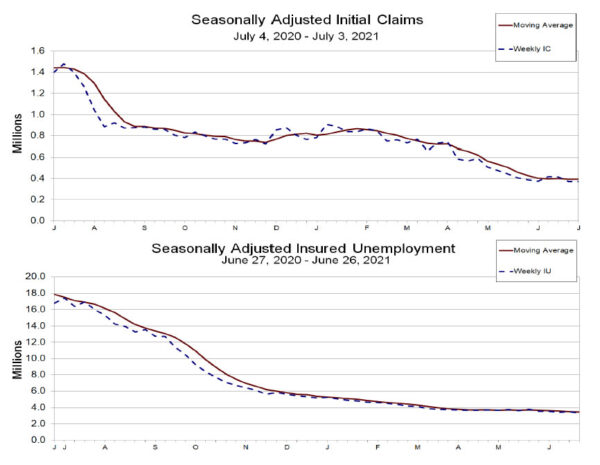
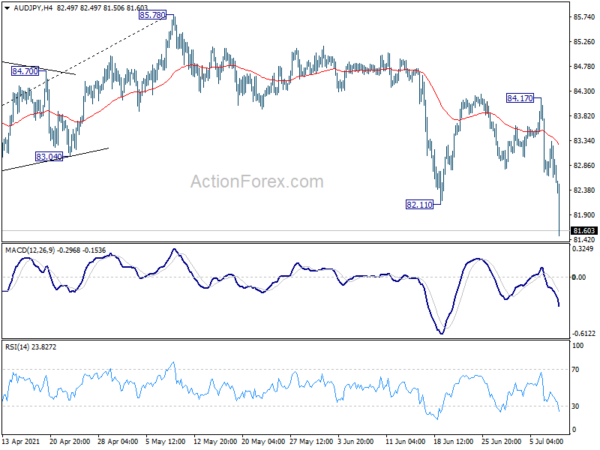
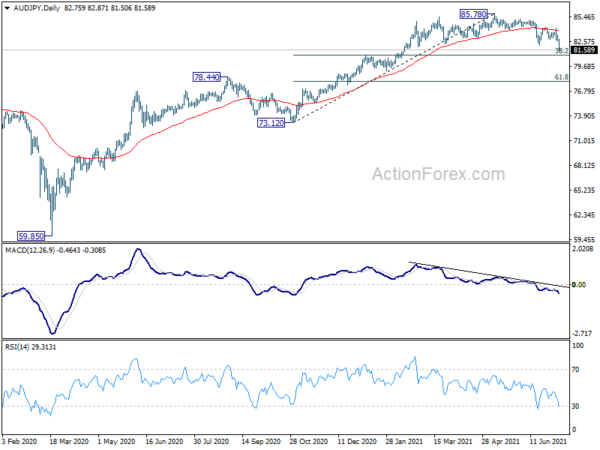
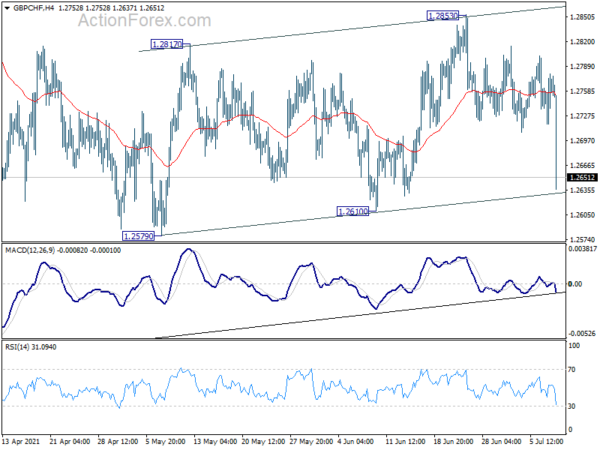
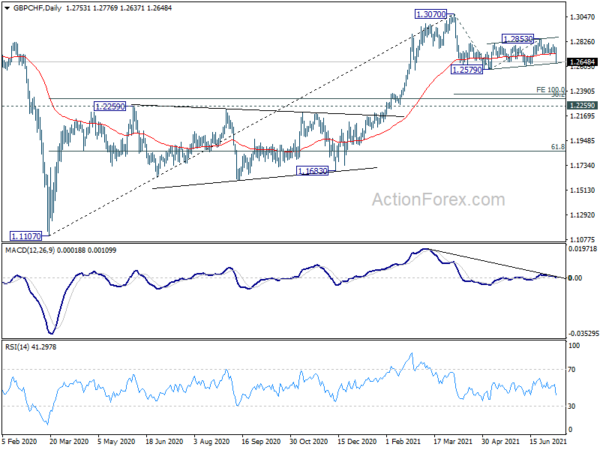
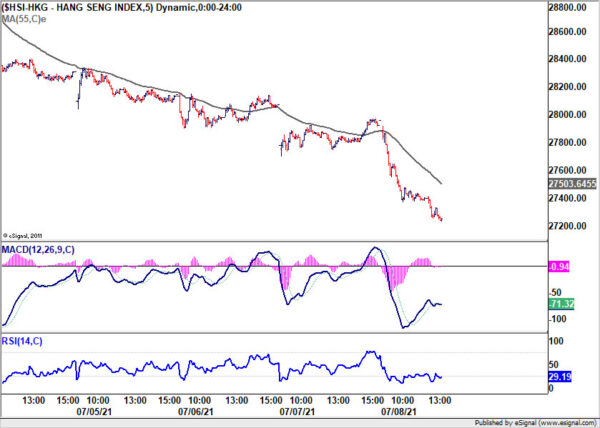
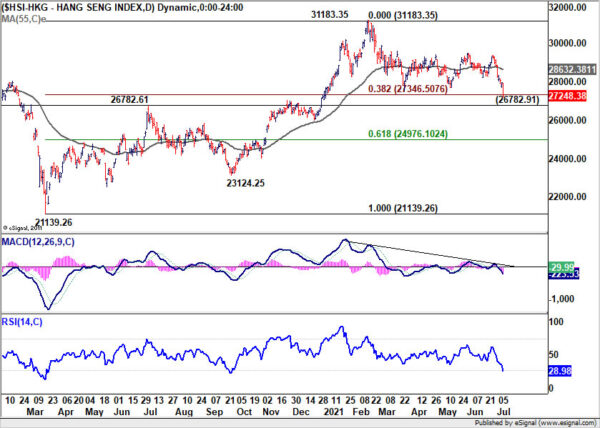
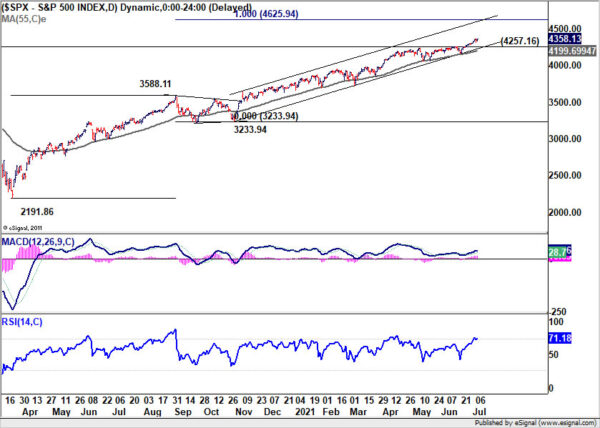
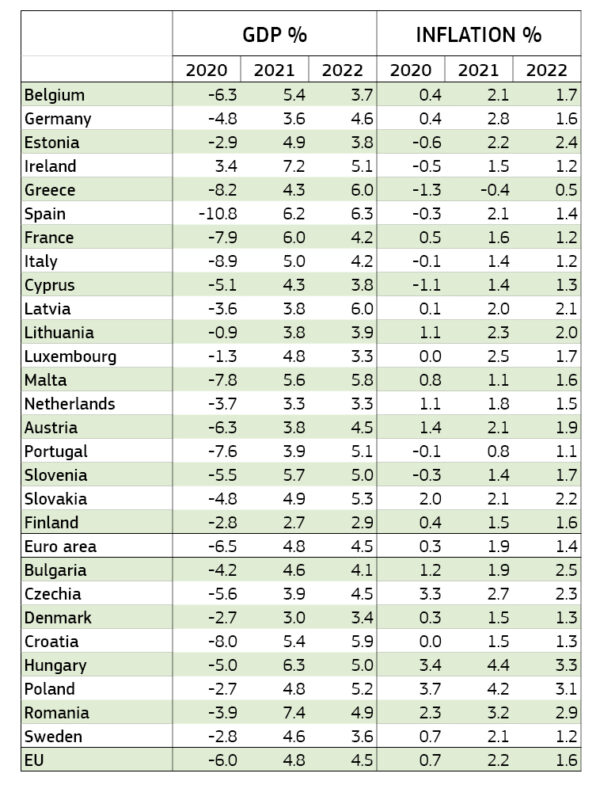
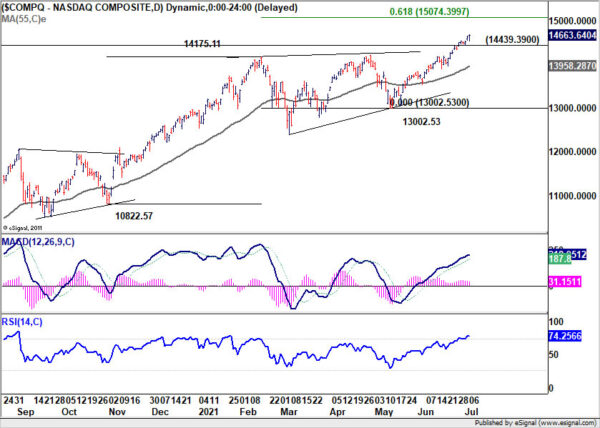
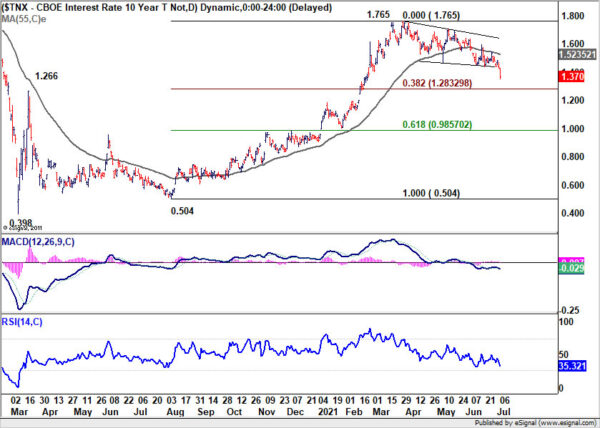
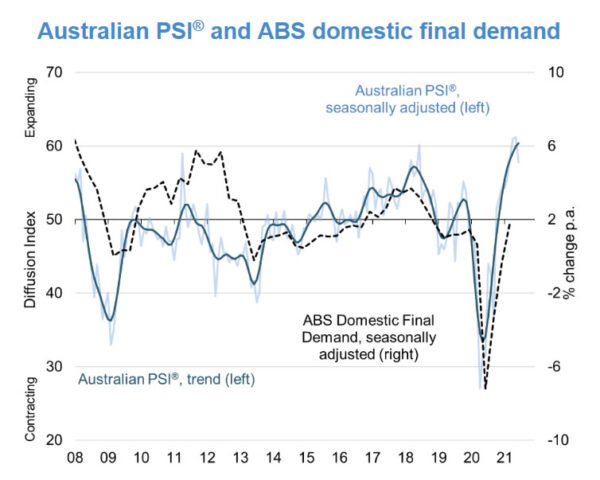
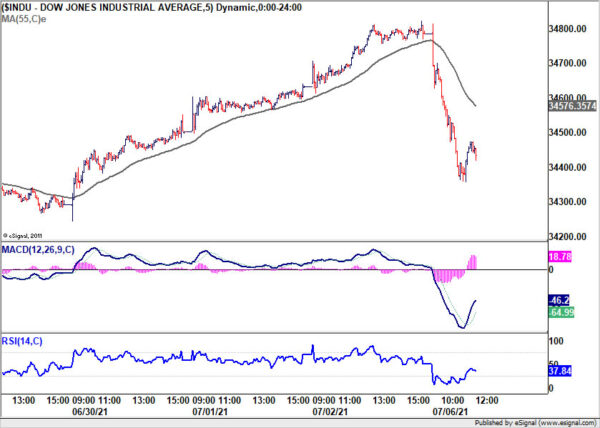

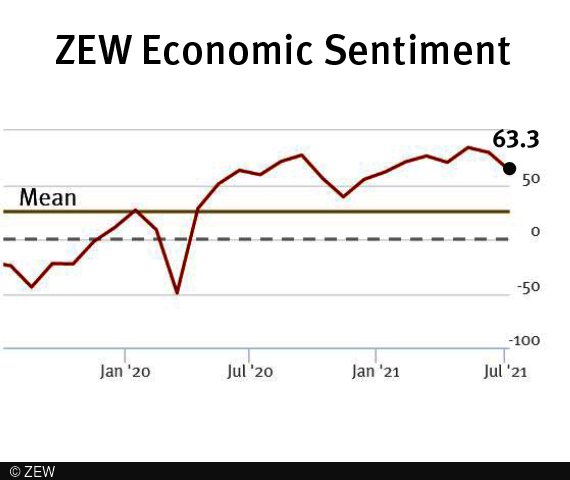
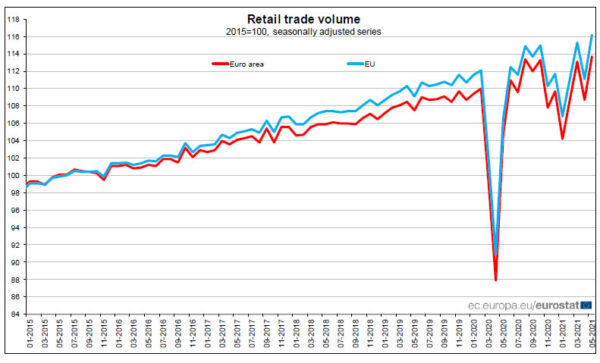

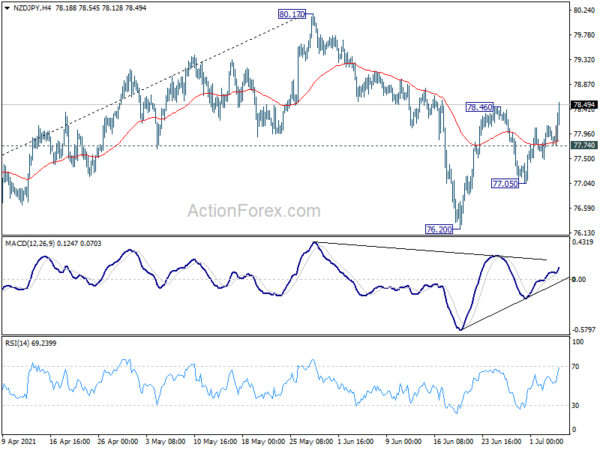
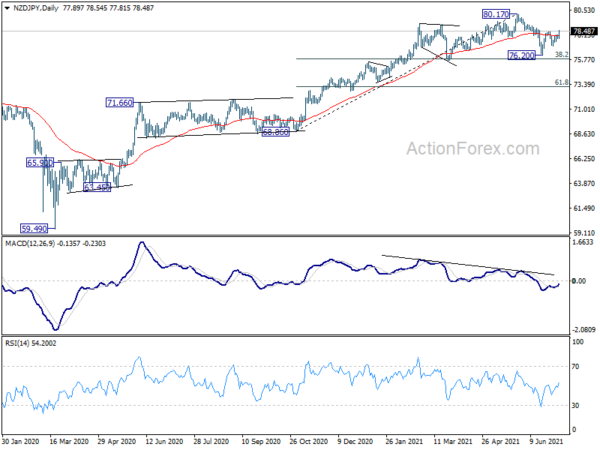

Fed Daly: We’re not through the pandemic, just getting through
San Francisco Fed President Mary Daly said in an FT interview, “I think one of the biggest risks to our global growth going forward is that we prematurely declare victory on Covid.” She emphasized, “we are not through the pandemic, we are getting through the pandemic.”
“If the global economy . . . can’t get . . . higher rates of vaccination, really get Covid behind, then that’s a headwind on US growth,” Daly said. “Good numbers on the vaccinations are terrific, but look at all the pockets where that isn’t yet happening.”
On stimulus withdrawal, she said, “we’re ready to taper at the appropriate time.” But she added, “then I’d like to see, how is that going? How does the economy respond to that? Because we can forecast, we can project, but we need to know in order to actually say, ‘oh, OK, now it’s time to move on to the next phase’, which is discussing policy normalization and the fed funds rate coming up a bit.”